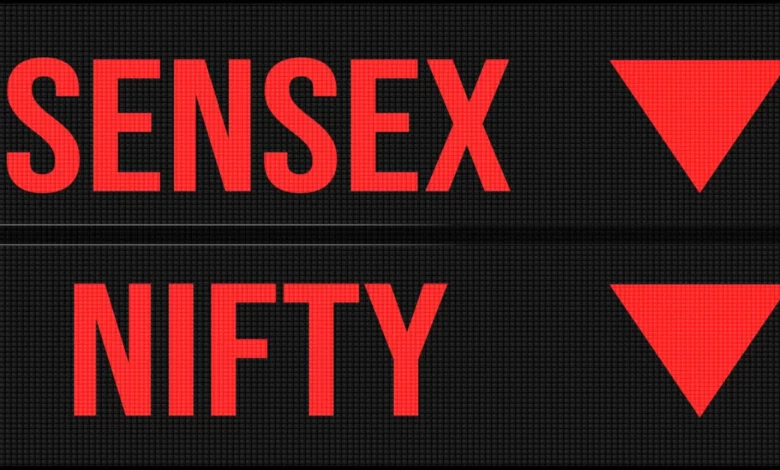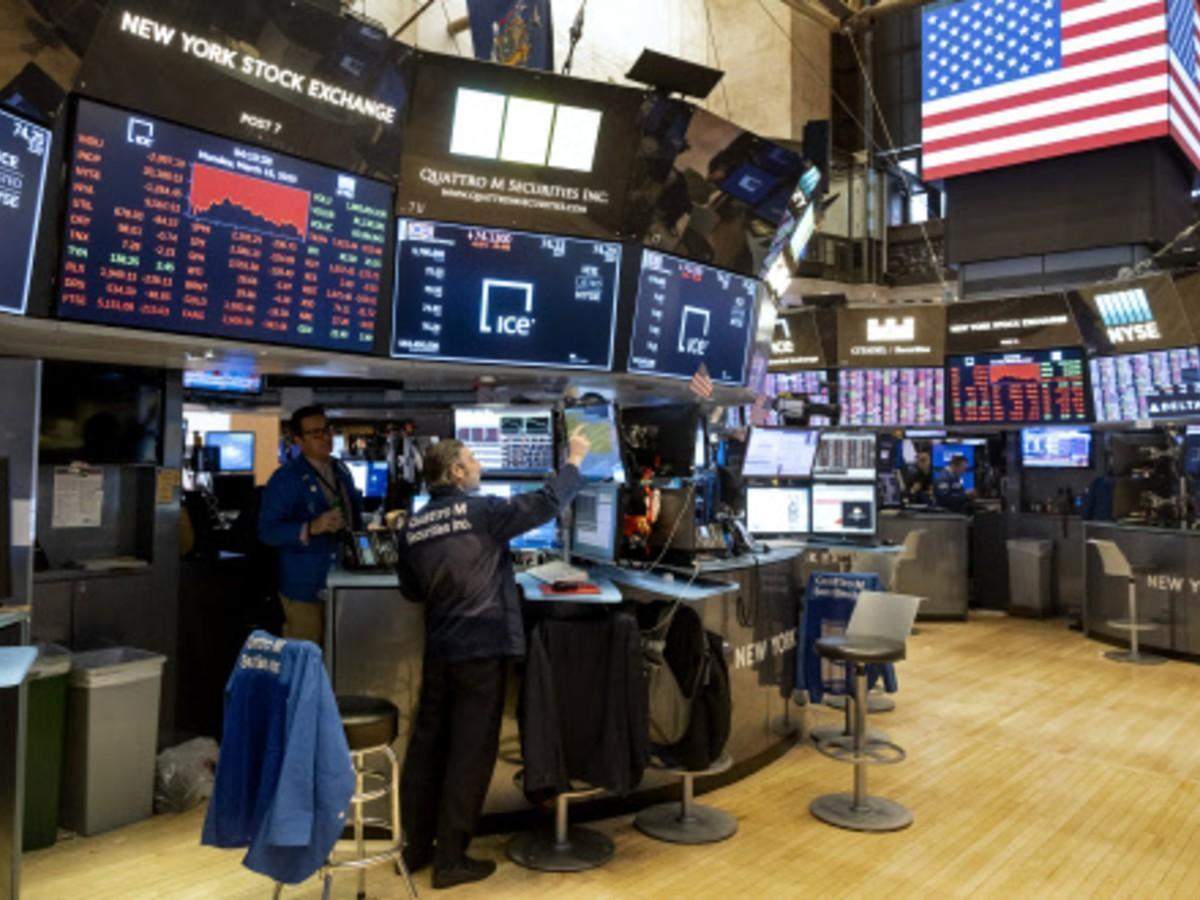Market LIVE Updates: August Manufacturers PMI at 56.2; Indices off day’s low; Nifty above 17,600

Market LIVE Updates: August Manufacturers PMI at 56.2; Indices off day’s low; Nifty above 17,600
India‘s manufacturing PMI for August was strong at 56.2. As per a private study, India’s industrial works continued to expand at a rapid percentage in August, driven by an uptick in demand and a slowdown in the inflation of input costs. When compared to July’s eight-month peak of 56.4, the S&p India Manufacturers Retail Price Index (PMI) for August showed no change at 56.2, indicating the second-strongest increase in operational circumstances since last November. Operating circumstances had improved for 14 months in a row.

August saw increased orders from Indian manufacturers due to persistently improving market conditions, which increased export performance to a nine-month record. Export growth and optimistic forecasts for the upcoming year were the main drivers of manufacturing volume growth.
US Wall Street continued to lose ground on Wednesday, while Asian stocks fell Thursday morning because the central banks’ hawkish rhetoric reverberated across markets. The morning session saw lower trade on the Asian markets.
Global markets
On Thursday, European markets were neutral because the investors absorbed a plethora of corporate profits and reevaluated their expectations for monetary policy in the light of a lower-than-expected US inflation print. Early trading saw the pan-European 600 edging up 0.1%, with oil and gas companies rising 1.4% and major resources declining 0.7%.

In Asia-Pacific, shares increased. The tech-heavy Hang Seng index in Hong Kong led gains, rising 2.4% because the sector benefitted from the expectation of less drastic interest percentage increases.
As Wall Street seeks to capitalize on a rise that propelled the S&P 500 towards its maximum height since early May, US stock futures edged up to 0.3% higher in the opening minutes of premarket trade.
Top stock market stories Global equities were helped because the investors shifted to riskier resources because of a result of lower-than-expected prices in the US. The US Reserve Bank‘s expectation to delay raising interest rates motivated the stock prices, lowered bond yields, and helped the Indian rupee. Retail inflation in the US was 8.5% in July, compared to an estimate of 8.7% and 9.1% in June.

“While the CPI remained close to a four-decade high, softening CPI data decreased the likelihood that the US FOMC will raise interest rates by 75 basis pts at their upcoming meeting. The chance that the Fed will raise interest rates by another 75 basis pts at the forthcoming meeting in FOMC was 68% before the release of this data.
While it is true that these figures exceed the US Federal Reserve’s comfort level of 2%, investors may take great peace in the reason that inflation has started to decline slowly. However, given how the oil prices are trending downward, it may ease even more by the time US growth numbers are released the following month, “said Sunil Damania, MarketsMojo’s chief investment officer.
The S&P BSE index increased 515 pts, or 0.88 percent, to close at 59,332 domestically. While all was going on, the Nifty50 gained 124 pts, or 0.71 percent, to finish at 17,659.

The following companies saw gains of over 2%: Axis Bank, IDBI, HDFC, Technology M, Bajaj Financial, SBI, and Wipro. The following companies saw increases of between 1% and 2%: TCS, Kotak Financial institution, Titan, ICICI Bank, Microsoft, and HCL Tech. On the other hand, the leading laggards were Tata Consumer Goods, Apollo Hospital, ITC, NTPC, Airtel, and HUL.
From a sectoral perspective, the Nifty PSB index increased by 2.3%, followed by the Nifty IT indicator, which increased by 1.8%. From July’s reading of 56.4 to August 2022’s reading of 56.2, the annualized S&P Global India Manufacturers Purchasing Managers’ Index (PMI) showed minimal change. Since last November, it has indicated the second better advancement in operational conditions.
The indices range from 0 to 100, with readings above 50 denoting an improvement over before the age and below 50 denoting a general decline. After then, the indices are adjusted.
Indian manufacturers continued to win from the removal of COVID-19 limitations, with growth rates for output and retail sales ramping up again to important levels since last November, according to Pollyanna De Lima, Economic Associate Dean at S&P Global Market Intelligences.

This strong performance was enhanced by a fourth consecutive month of slowing input rising costs, which fell to their lowest level in a year amid reduced pressure from commodity prices. The second-slowest growth percentage in factory gate charges since the beginning of the financial year 2022/23, which is compared to July’s pace.
In fresh optimism that restrained pressure on prices will help to motivate demand, businesses welcomed the weaker growth in input costs and an upward revision to their output forecasts. As seen by a rise in business investment to a six-year peak in August, price worries that had soured attitude around mid-year appear to have subsided.
Ashok Leyland increased by 3.90%. In August 2022, the automaker’s overall sales of commercial vehicles (CVs) increased 51% to 14,121 cars from the 9,360 unit sales in August 2021.
According to media sources, the company received orders for 1,400 city buses in the UAE from major fleets, which would be a record for the company. According to reports, Ashok Leyland‘s processing plant in Ras Al Khaimah, United Arab Emirates, supposedly the only authorized local bus manufacturing facility in the whole GCC, will supply the 32-seater Oyster bus and 55-seater Falcon buses.
Edited by Prakriti Arora





